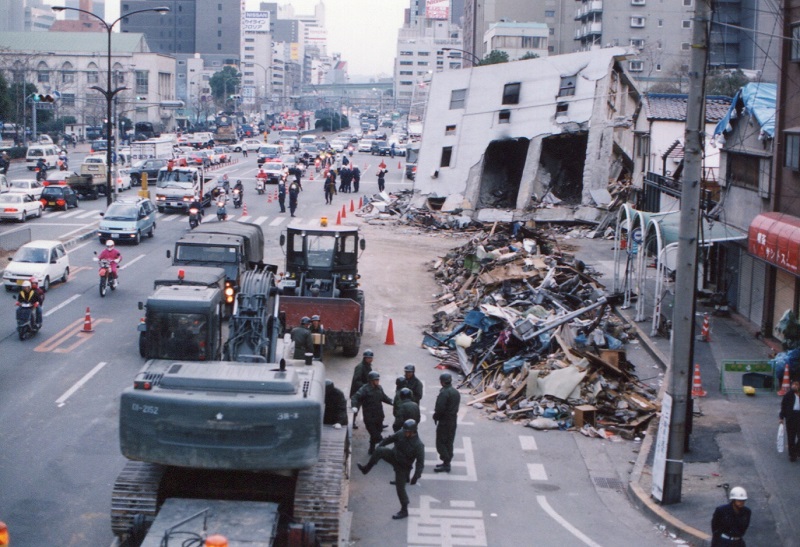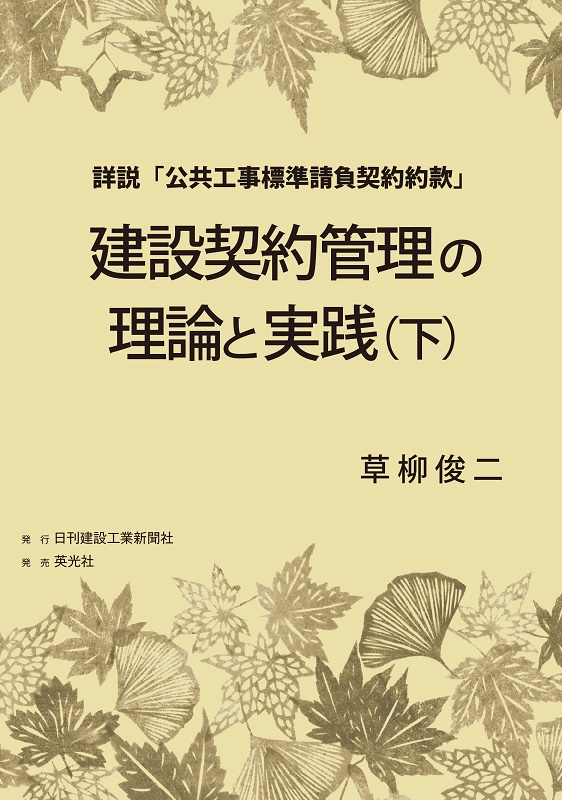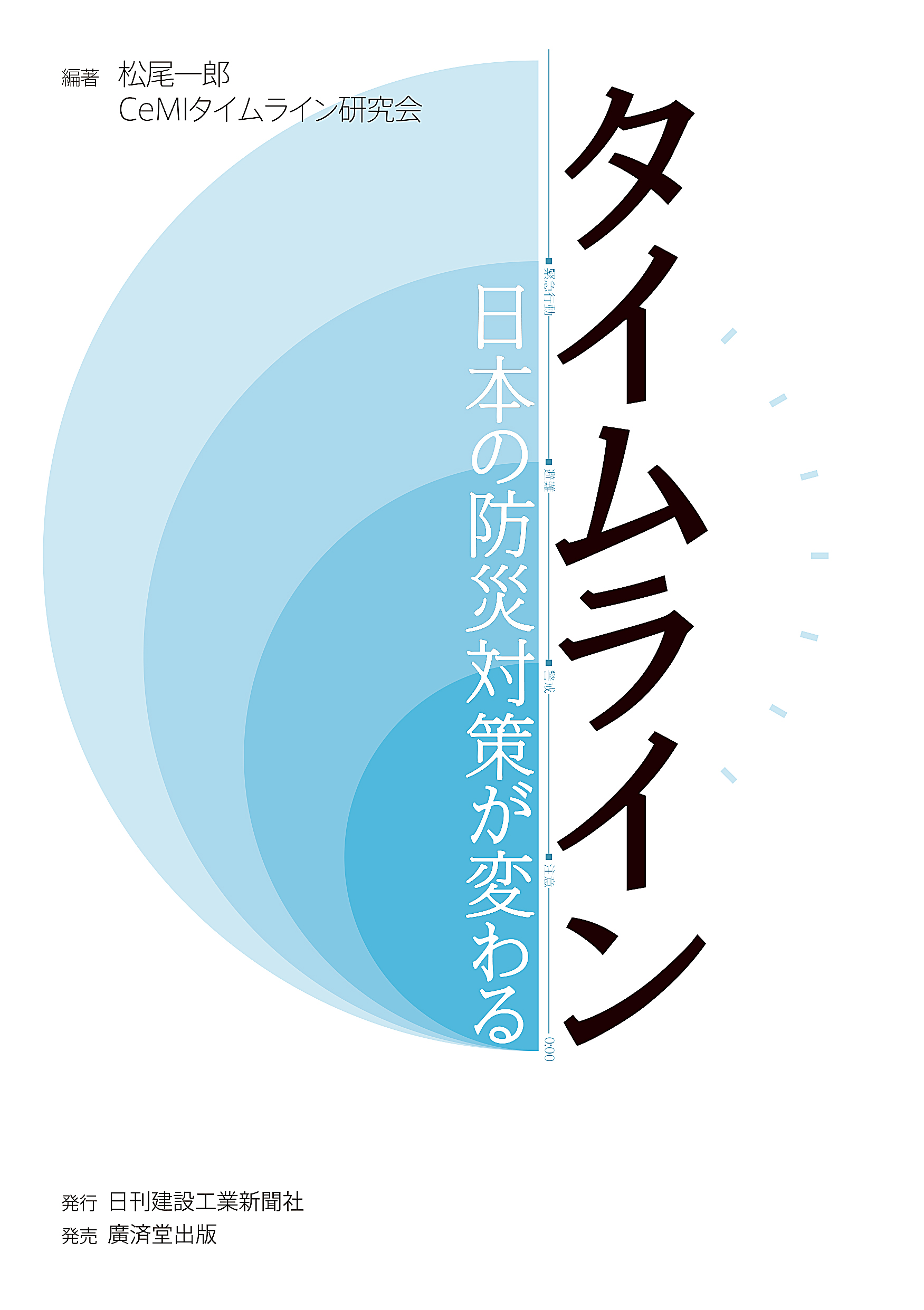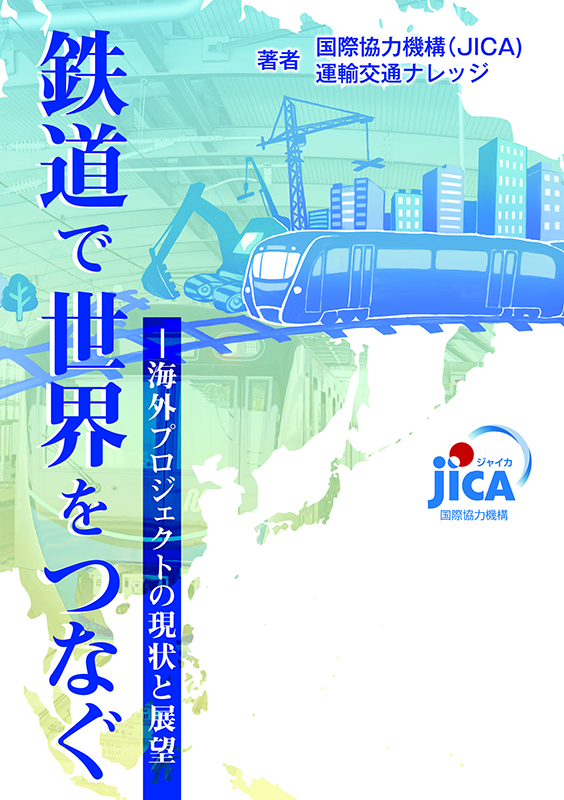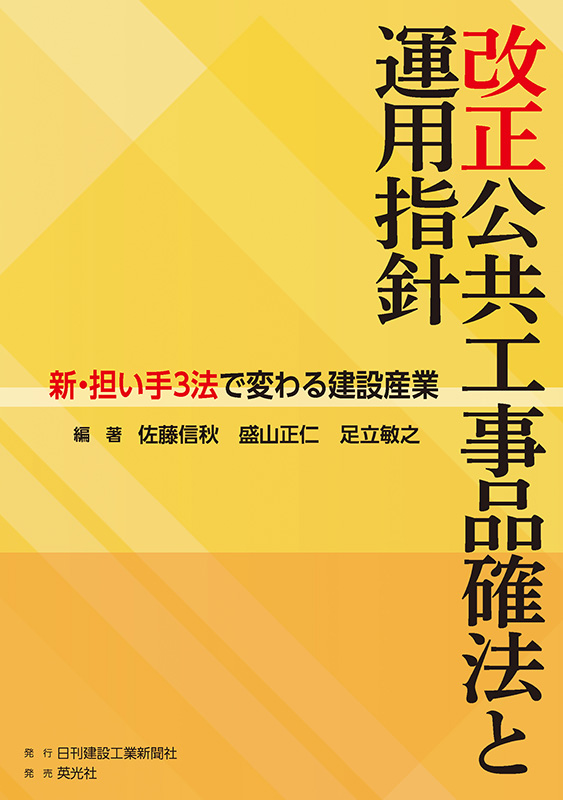The Great Hanshin Earthquake struck Kobe and neighboring areas in western Japan 25 years ago on January 17th, which overturned the “safety myth” of infrastructure and buildings and caused a significant impact on urban planning. Images of the city changed completely in a flash such as the toppled expressway viaduct were imprinted in people’s memory. Japanese have since faced a question how to use lessons learned. The magnitude-7.3 quake turned a spotlight on seismic isolation structures. While most of the fatalities were caused by the collapse of buildings and furniture, two base-isolated structures near the epicenter were found free from damage, which demonstrated effectiveness of the isolation system. The number of base-isolated building rose sharply after the disaster and it is now declining. Application of the technology needs to be promoted to prepare for the risks of the large-scaled inland quake in Tokyo metropolitan area and the Nankai Trough Earthquake in the Pacific Ocean. The law to promote renovation of quake resistant buildings was enacted in 1995. The 2013 revised law stipulates mandatory seismic diagnosis of large-scaled buildings. The government aims to raise the quake-proof rate of all buildings which are open to public to 95% in 2020 and to clear quake-vulnerable houses mostly by 2025. (2020/01/17)





